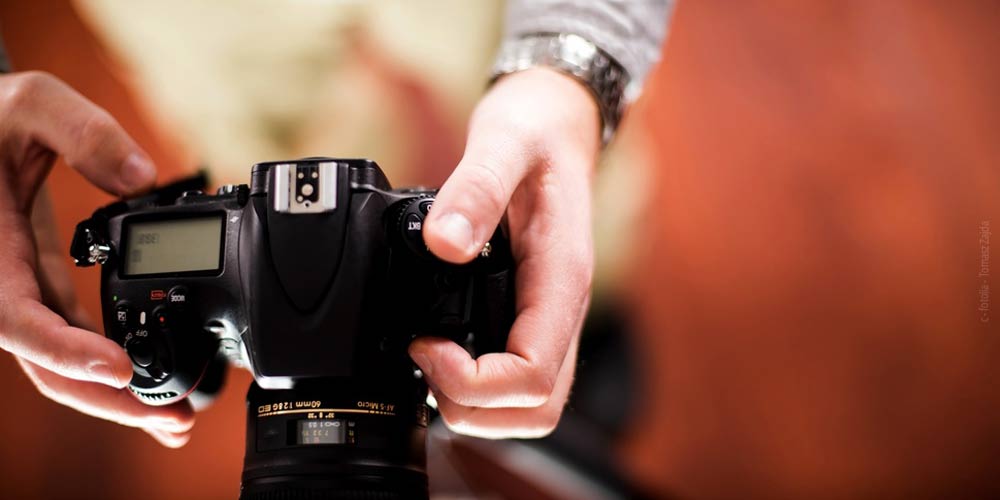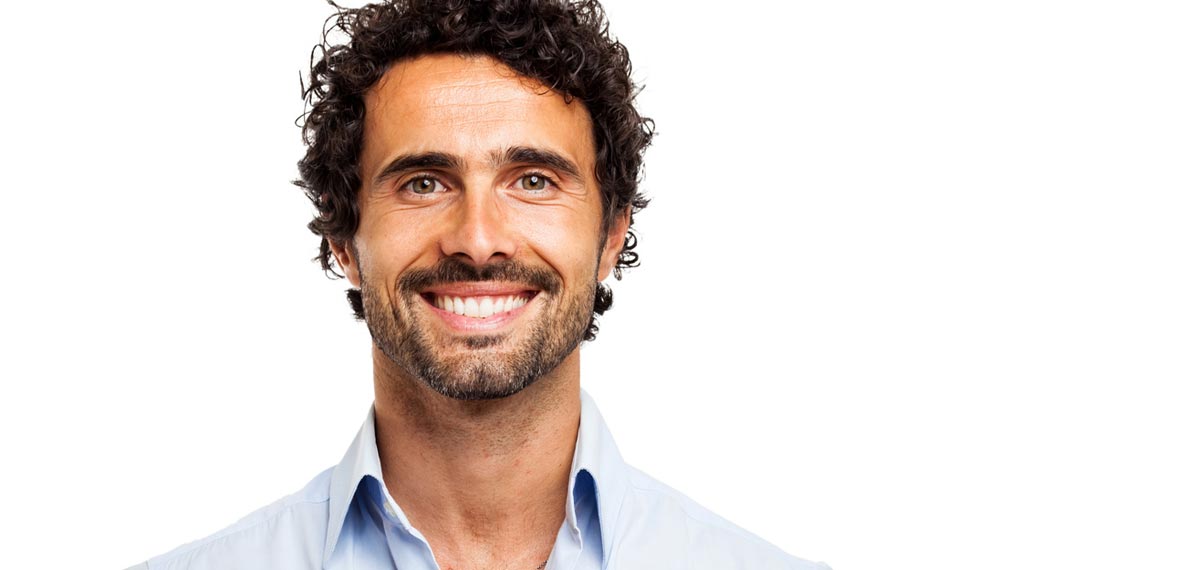Photography Basics: Light sensitivity, sensor and aperture – the ISO value simply explained
The ISO value indicates the light sensitivity of the sensor. The higher the ISO value, the higher the light sensitivity. Higher ISO values allow you to set faster shutter speeds to get sharp photos even in low-light conditions. However, a higher ISO value has a detrimental effect on image quality, resulting in image noise. It is advantageous to photograph at low ISO values (100-200).
ISO value – What is that?
The ISO value describes the light sensitivity of the sensor. ISO is the abbreviation for International Organization for Standardization. The ISO value of your camera is therefore an internationally standardized value. It means the same in Japan as in Sweden. The higher the ISO value, the higher the light sensitivity of the sensor. The ISO value is another way to influence your photo, in addition to shutter speed and aperture.
If the environment is rather dark and you have no possibility to illuminate it by flash or any other means, then you can set the ISO value of your camera higher and thus achieve a higher light sensitivity of the sensor. A small amount of light is then sufficient to obtain a correctly exposed photo. Accordingly, you can then choose a shorter shutter speed to avoid blurring or motion blur (if not explicitly desired). For example, a higher ISO value is required in most churches or for outdoor photography at dusk. You can orientate yourself on the following values:
- ISO 100-200: Photographing in the sun
- ISO 400-800: Dusk or heavy cloud cover (thunderstorm, storm)
- ISO > 800: poorly lit interiors, at night
An example: You want to “freeze” children jumping on the trampoline in the air. That means you have to set a short shutter speed. But it has already started to dawn an hour ago and at the back of the horizon a thunderstorm is coming up. It is so dark that a shutter speed that would actually “freeze” the children would produce a clearly underexposed photo. The solution is of course either a flashgun or simply to set the ISO value higher.
The ISO value – the small, but fine hook
If you later look at the photo of the “frozen” children, correctly exposed thanks to the higher ISO value, you will probably notice that it is noisy. A higher ISO value unfortunately always means more image noise – these are some pixels that differ in color and brightness from the rest of the image (scissors). Thus, the image quality suffers from the higher ISO value. Depending on the camera and the ISO value, this is really extreme. You can remember:
- ISO high and bad light = poor picture quality
- ISO low and good light = good image quality
If you have your pictures taken by the camera in RAW format, you can reduce the noise later during image processing, but of course it is better not to have any noise in the picture at all. It is therefore advantageous to set a low ISO value (100-200) whenever possible and only increase the value if there are no alternatives, such as using a flash or a tripod. It has to be said that it is always better to have a sharp but noisy picture than a noiseless but blurred one.
ISO value for portrait photography
Portrait shots should always be taken with low ISO values, as the image noise at higher ISO values is extremely disturbing, especially in the human face. Use a studio flash system for portraits or wait for better light. Sometimes the situation does not allow you to think long about the correct ISO value. In this case, the camera’s ISO auto mode is recommended. Depending on the aperture and shutter speed, the camera then selects the correct ISO value.
Within certain limits, the ISO value can help compensate for poor lighting conditions. The worse the lighting conditions, the higher the ISO value should be. However, ISO settings that are too high should be avoided as they lead to annoying image noise.









